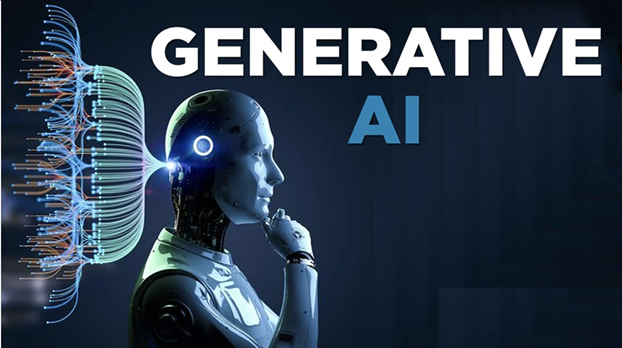Network Data Challenges in High-Scale Environments
The relentless surge in network telemetry volume, characterized by exponential growth in multidimensional datasets, poses a significant computational bottleneck for Network Operation Centers (NOCs) and law enforcement analytical units. Engineers and analysts grapple with alert saturation and cognitive overload, exacerbated by the high-velocity influx of heterogeneous data streams. This phenomenon precipitates degraded operational efficacy, manifesting as elevated error rates, diminished contextual awareness of alerts, and inherent constraints in human-driven data processing paradigms.
Cutting-edge Artificial Intelligence (AI) and Machine Learning (ML) architectures deliver a robust, scalable countermeasure by leveraging distributed, high-performance computing frameworks to ingest and process massive, high-dimensional datasets in real time. These systems deploy advanced neural network topologies and unsupervised learning algorithms to automate repetitive analytical workflows, perform anomaly detection, and extract actionable intelligence with minimal latency. By orchestrating optimized, event-driven pipelines, these frameworks enhance throughput, streamline operational efficiency, and unlock latent value from previously intractable data corpora.
This paradigm shift profoundly impacts Communication Service Providers (CSPs) and Law Enforcement Agencies (LEAs), enabling autonomous, data-driven decision-making and fostering resilient, adaptive operational ecosystems.
Advanced Telemetry Orchestration Frameworks
Artificial Intelligence (AI) and Machine Learning (ML) paradigms are pivotal in the accelerated evolution of next-generation observability and control systems, engineered to process high-velocity telemetry streams emanating from distributed arrays of thousands of network nodes. These sophisticated frameworks leverage deep learning algorithms and predictive analytics to enable real-time pattern detection, anomaly identification, and event correlation, synthesizing disparate data points into actionable, composite incident vectors. Such intelligent workflows drive operational excellence by fueling dynamic visualization engines, generating granular, metrics-driven reports, and populating real-time dashboards for enhanced situational awareness and oversight. Additionally, these systems interface seamlessly with action-oriented architectures, such as Security Information and Event Management (SIEM) platforms and AI-driven Operations (AIOps) ecosystems, facilitating automated incident response, predictive remediation, and scalable data valorization.
Scalable Generative AI for Semantic Intelligence and Automation
The conventional framework of deep learning and Artificial Intelligence (AI), historically centered on machine-to-machine (M2M) orchestration, is undergoing a paradigm shift through the integration of Generative AI (GenAI) architectures. These systems, powered by large-scale transformer-based language models and advanced natural language processing (NLP) pipelines, enable sophisticated human-machine interfaces by producing and interpreting contextually rich, human-readable outputs. The rapid adoption of GenAI across industries, including Communication Service Providers (CSPs) and Law Enforcement Agencies (LEAs), stems from its ability to instantiate disruptive operational models, optimize computational resource allocation, and drive significant cost-efficiency gains. Scalable conversational AI agents, deployed as distributed chatbot frameworks, are progressively displacing legacy customer interaction channels, while hybrid human-AI collaboration pipelines leverage real-time decision augmentation to enhance agent performance and throughput.
In the realms of lawful interception and geospatial intelligence, GenAI-driven systems empower analysts by streamlining the ingestion, processing, and valorization of massive, high-dimensional, and heterogeneous datasets. These systems utilize advanced semantic reasoning, contextual embeddings, and vectorized knowledge representations to extract latent insights, accelerating investigative workflows with unprecedented precision. By leveraging transformer-based architectures and large-scale pretrained models, GenAI enables dynamic parsing and interpretation of unstructured data, delivering actionable intelligence in natural language formats. For example, an analyst can issue a natural language prompt to a GenAI system, triggering autonomous construction of relational graphs and hierarchical entity structures, yielding comprehensive, insight-driven reports with emergent patterns. Furthermore, intelligent agentic workflows, augmented by reinforcement learning with human feedback (RLHF) and unsupervised data exploration techniques, proactively identify non-obvious correlations and anomalies, enhancing investigative outcomes beyond the constraints of predefined query scopes.






